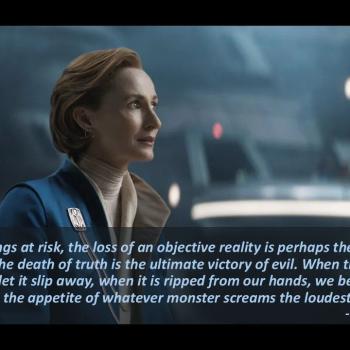Many educators continue to grapple with the place of technologies like AI image generators in an educational context. Here is an example of how they can be used for educational purposes. If you Google “Mary Magdalene” and click on the image tab, you will see a lot of art depicting the red haired penitent former prostitute. See my earlier post on the fact that this misrepresents Mary Magdalene, with the story of a student interacting with ChatGPT on the subject.... Read more

















